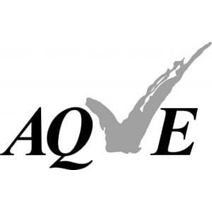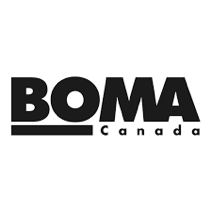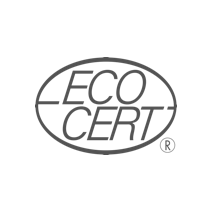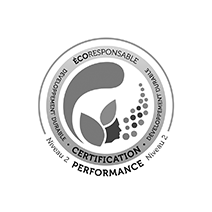To obtain certification, buildings must meet criteria for indoor air quality. This includes the need to monitor and improve indoor air quality by considering substances such as:
Volatile Organic Compounds (VOCs): VOCs are chemicals that can evaporate into the air at room temperature, emanating from sources such as paints, floor coatings, cleaning products, furniture, and other building materials. Monitoring VOCs is crucial to reduce exposure to potentially harmful chemicals.
Airborne Particulate Matter (PM2.5 and PM10): Fine airborne particles can arise from various sources, including outdoor air pollution as well as indoor activities such as wood-burning stoves, cooking, and other indoor activities. Controlling fine particle levels is fundamental for indoor air quality.
Carbon Dioxide (CO2): Carbon dioxide is a colorless, odorless gas that is a normal constituent of the atmosphere at about 330-350 ppm. The concentration of carbon dioxide indoors varies by location, occupancy, and time of day, tending to increase during the day. Carbon dioxide concentrations in indoor building conditions can, under certain conditions, provide a good indication of ventilation rates and building composition. According to Health Canada, it is recommended not to exceed 1000 ppm indoors.
Carbon Monoxide (CO): Carbon monoxide is a colorless, odorless gas that can be emitted by heating devices, gas stoves, portable electric generators, among others. Exposure to CO can pose a risk, hence the need to monitor and prevent potential CO leaks.
Relative Humidity: Adequate humidity levels must be maintained in the building to prevent mold proliferation, which can have a detrimental impact on indoor air quality. Conversely, too low humidity levels can lead to discomfort.
Methods for Analyzing Physico-Chemical Air Parameters and Sampling
Air Sampling Methods: Commonly used methods for indoor air sampling in a building include:
Direct Reading Measurement: These measurements are performed using specific instruments designed to detect and quantify different pollutants and atmospheric parameters. These measurements are often conducted in real-time or with high frequency or at multiple locations to monitor fluctuations in atmospheric pollutant concentrations and to collect data to assess air quality and take appropriate measures if necessary. Measurement devices are regularly calibrated and must undergo rigorous maintenance.
Passive sampling: This method involves collecting atmospheric contaminants without using active pumping equipment. Passive samplers typically use devices such as adsorption tubes or passive diffusion samplers to capture atmospheric contaminants on an absorbing substrate (such as dust). This method is often used to monitor contaminant levels over extended periods, for example, to assess indoor air quality in a building over several days or weeks.
Active sampling: Active sampling involves actively drawing air through a collection device using a pump or controlled flow sampler. Active samplers are commonly used to collect air samples for laboratory analysis. They offer precise control of air flow and allow samples to be collected at specific rates, which can be important for one-time surveys or in-depth studies of indoor air quality.
Each of these indoor air sampling methods is tailored to specific objectives for monitoring air quality and characterizing present contaminants. The choice of method will depend on the study's needs and the information sought.




